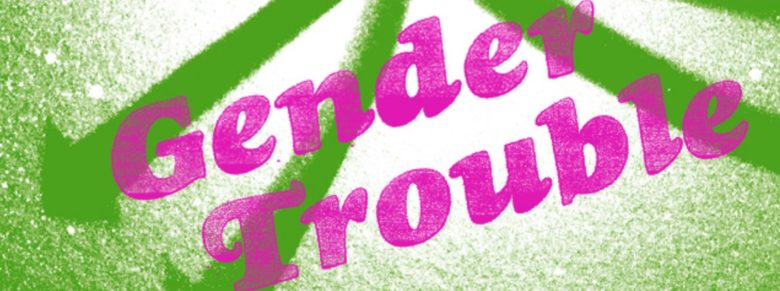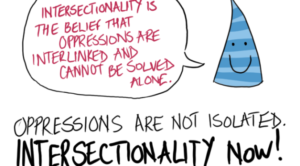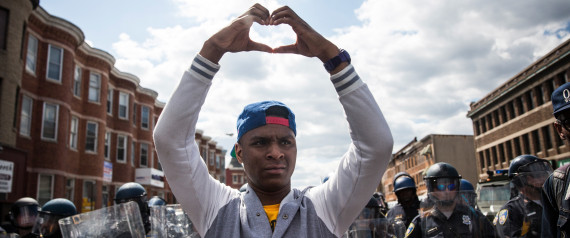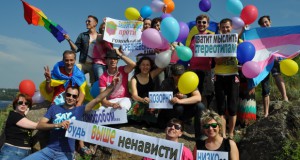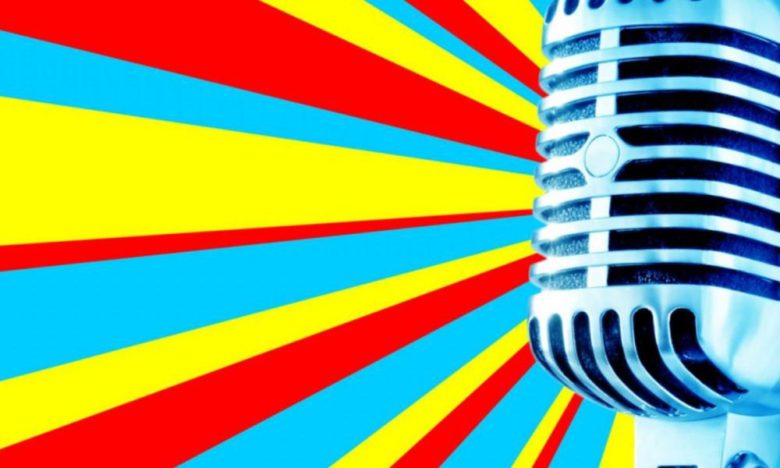Gender Trouble: Performativity and Creating Your Gender
Gender Performativity
Post-structuralist feminist philosopher Judith Butler first used the term gender performativity in her work Gender Trouble (1990). Butler states that gender, which is a socially constructed idea, is a continuous performance of the mythical notions of what constitutes male and female gender identities. Butler points out that “the body is only known through its gendered appearance”, and therefore gender performativity is the incessant reenactment of the gendered appearance, experience, and personal identification of it (406).
Further Reading:
Your Behaviour Creates Your Gender
Butler, Judith. “Performative Acts and Gender Constitution: An Essay in Phenomenology and Feminist Theory.” Writing on the Body. Ed. Carolyn G. Heilbrun and Nancy K. Miller. New York: Columbia UP, 1997. 401-417. Print.

